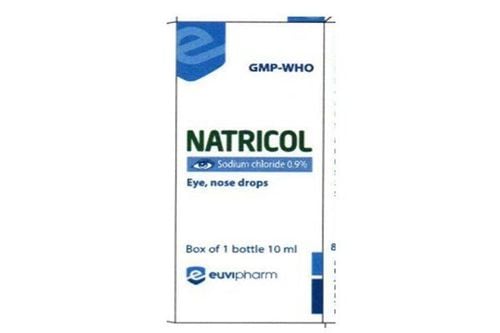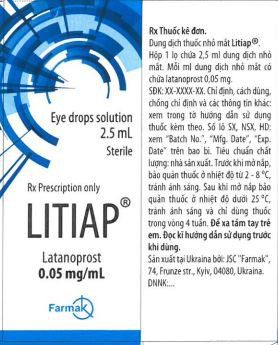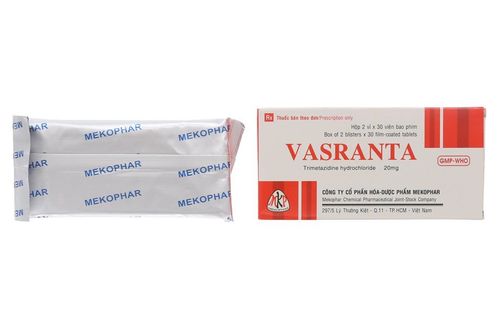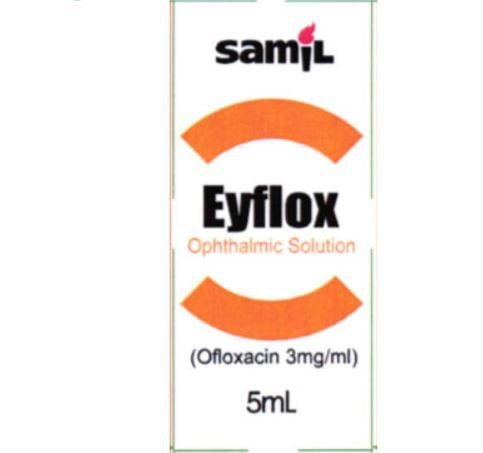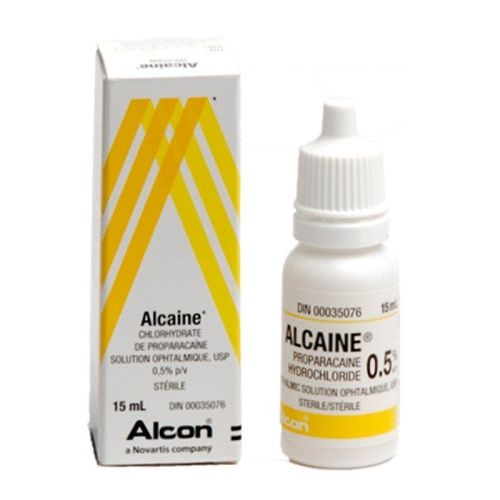This is an automatically translated article.
The article was consulted with an eye doctor - Department of Medical Examination & Internal Medicine - Vinmec Hai Phong International General HospitalIntraocular pressure is the cause of blindness. People with a family history of glaucoma have an increased risk of developing glaucoma. Other risk factors include thinner corneas, chronic eye inflammation, and taking medications that increase pressure in the eye.
1. What is intraocular pressure?
Intraocular pressure is a group of eye disorders that lead to damage to the optic nerve. People with glaucoma can lose nerve tissue, leading to vision loss.Not everyone with high eye pressure develops glaucoma, and some people with normal eye pressure can also develop glaucoma. When the pressure inside the human eye is too high or too low for a particular optic nerve, it causes glaucoma.
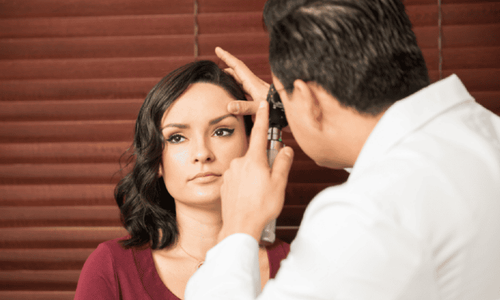
Người bị tăng nhãn áp có thể tăng nguy cơ bị mất thị lực
2. Types of increased intraocular pressure
2.1 Open glaucoma
This is the most common form of glaucoma. The disease damages the optic nerve slowly and painlessly. People with open glaucoma can lose a large portion of their vision if left untreated.The cause of open glaucoma is an inefficient tear drainage system over time. This leads to an increased amount of fluid and a gradual build-up of pressure in the eye.
2.2 Closed glaucoma
It occurs when the anterior chamber angle (formed by the cornea and iris) closes or becomes blocked. Age causes the lens in the eye to become larger, pushing the iris forward and narrowing the gap between the iris and the cornea.When this angle narrows, fluid in the eye cannot drain and eye pressure increases. Angle-closure glaucoma can be chronic (gradual progress) or acute (sudden onset).
Learn more about What are the warning signs of migraine?
2.3 Secondary glaucoma
This type of glaucoma is caused by injury or other eye diseases. It can be caused by a medical condition, medication, bodily injury, eye surgery that can lead to secondary glaucoma.Its symptoms can include eye pain, nausea, red eyes, seeing halos or colored rings around lights and blurred vision. This is an emergency situation in which severe vision loss can happen quickly.

Đỏ mắt là một dấu hiệu của bệnh tăng nhãn áp thứ phát
3. Risk factors for intraocular pressure
3.1 High intraocular pressure
If the eye pressure is higher than normal, there is an increased risk of developing glaucoma.3.2 Age
Everyone over the age of 60 has an increased risk of glaucoma.
Bệnh tăng nhãn áp phổ biến ở người cao tuổi
3.3 Family history of glaucoma
Glaucoma may have a genetic link, meaning that having a defect in one or more genes can make certain individuals with the abnormality more susceptible to the disease.3.4 Myopia
Severe nearsightedness, which usually means that objects in the distance are blurry without glasses, increases the risk of developing glaucoma.
Người bị cận thị tăng nguy cơ mắc bệnh tăng nhãn áp
3.5 Long-term use of corticosteroids
Long-term use of corticosteroids increases the risk of secondary glaucoma.4. Diagnosis of intraocular pressure
Glaucoma (glaucoma) is diagnosed through a comprehensive eye exam. Diagnosis of intraocular pressure includes:Determination of family history of glaucoma. Optometry to determine if vision is affected. Measure pressure inside the eye (Intraocular pressure) to detect glaucoma risk factors. Measure corneal thickness. People with thinner corneas have an increased risk of developing glaucoma. Field measurement to check if vision has been affected by glaucoma. This test measures vision and central vision by determining how much dim light can be detected at different viewing positions, or by determining sensitivity to targets other than bright light. shining.
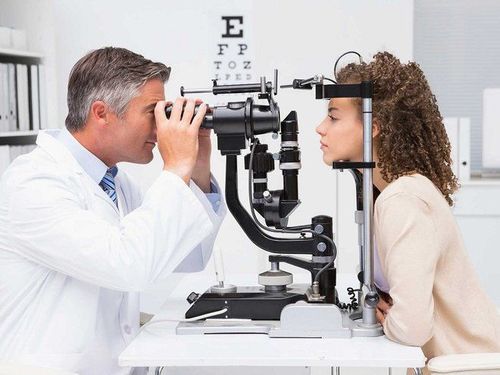
Người bệnh cần đo thị lực để chẩn đoán áp lực nội nhãn
5. Treatment of intraocular pressure disease
Intraocular pressure treatment aims to reduce pressure in the eye. Regular use of prescription eye drops is the most common way to treat glaucoma. Some cases can be treated with laser or surgery.5.1 Drugs
Several medications can treat glaucoma. Usually, the medicine lowers the pressure in the eye.5.2 Laser surgery to remove fluid from the eye
A high-energy laser beam stimulates the drainage structure from the eye to drain more efficiently. However, this method is only temporary, it will need to be repeated many times in the future for the best effect.5.3 Conventional surgery
If eye drops and laser surgery don't relieve your glaucoma, you may need a trabeculectomy. This microsurgical method of filtration creates a drainage ditch, the fluid drains on the groove and then penetrates into the bloodstream.
Phẫu thuật mắt có thể được thực hiện nếu các phương pháp khác không đem lại hiệu quả
5.4 Implants
Implant surgery may be an option for adults with uncontrolled or secondary glaucoma or for children with glaucoma. A small silicone tube is inserted into the eye to help drain the water.There is no way to prevent glaucoma. Patients with glaucoma require continued treatment for the rest of their lives. Because the disease can progress or change suddenly, medication use and regular monitoring are essential. Early detection, prompt treatment, and regular monitoring can help control glaucoma and reduce the risk of vision loss.
If you are experiencing vision problems, go to a medical facility immediately to be examined and treated by doctors as soon as possible. Currently, Vinmec International General Hospital has vision-related service packages such as:
Refractive error screening package Cataract surgery consultation and examination package Ortho-K package
Please dial HOTLINE for more information or register for an appointment HERE. Download MyVinmec app to make appointments faster and to manage your bookings easily.




